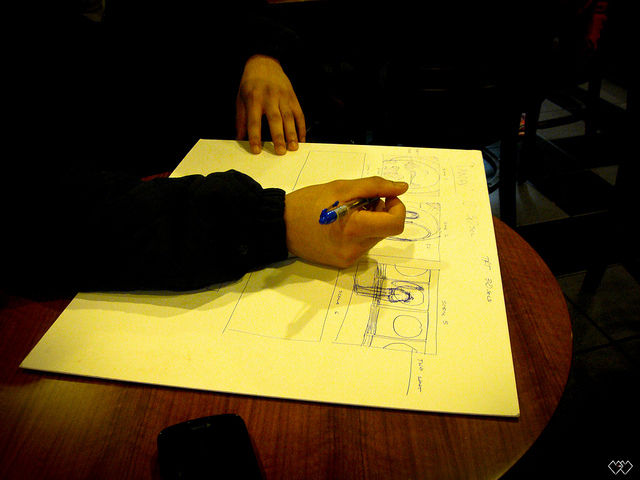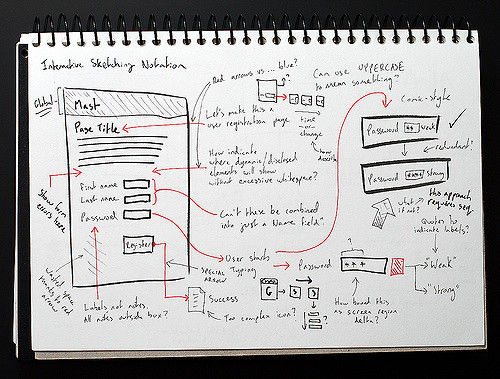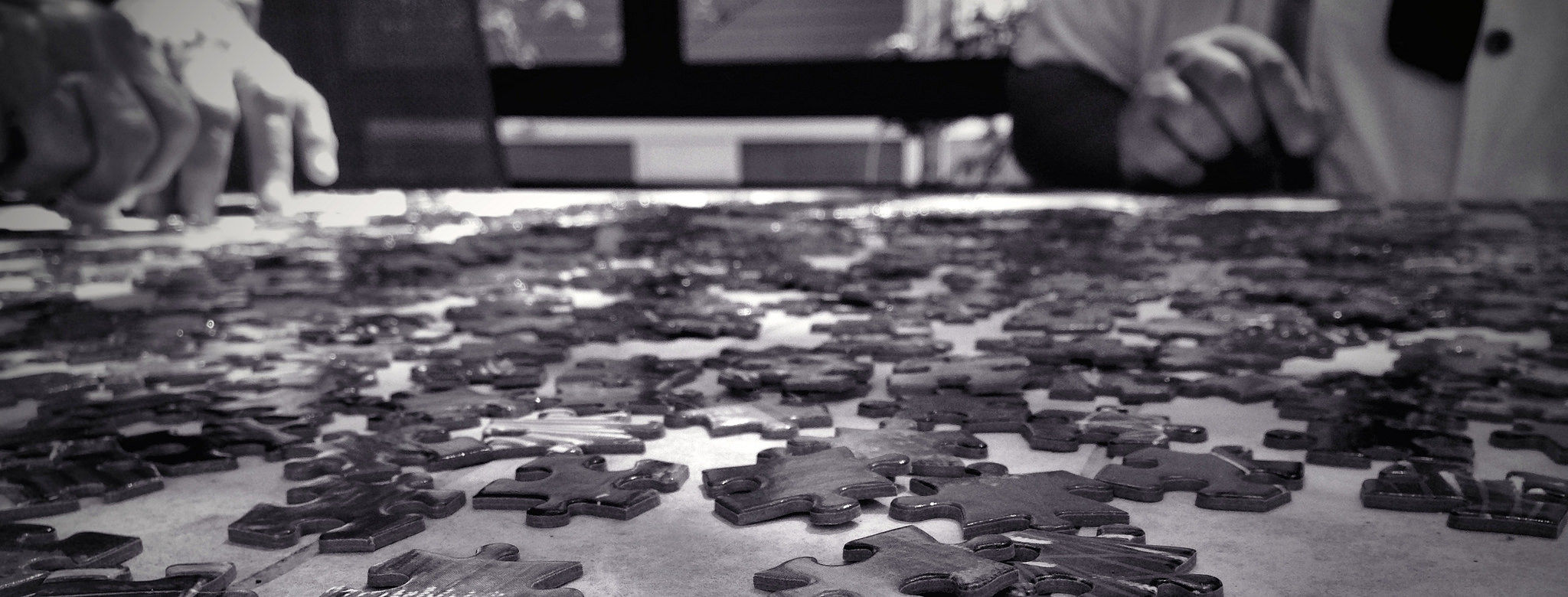This is the final instalment of our series designed to help you get more consistency from your UX projects. Today, we’ll quickly summarize what we’ve learned and then look at one last critical piece of advice that should help your projects become more consistent than ever before (at least if you’re not already doing it).
Summary
We began the week with this process:
- Ranking Ideas and Agreeing on Principles for the Design
- Storyboarding those Ideas
- Data Driven
- Solution Creation and Comparison
- Test and Measure
We’ve seen how we can collect our ideas together and then rank them. This enables us to prioritize ideas based on their value to the project and their ease of implementation. It’s a way of defining the most “bang for buck” on a project.
It’s also important to state the principles of design for the project; without clear objectives it can be much harder to understand where to focus your efforts for the greatest returns. your ideas helps make them clear to everyone involved in the team. It lets you see where potential problems may arise and take action early in the process to solve those problems. It also helps to articulate the story you want to tell early in the project; by creating a marketing flyer or press release to do so. That way you should be clear about the benefits of the proposed developments from a user perspective.

Author/Copyright holder: bobbi vie . Copyright terms and licence: CC BY 2.0
Getting data from your users gives you a concrete base to push for change. It’s a rational process that requires no intuition, guess work, etc.
Creating solutions based on your business’s needs and your users’ needs from there should be a fairly straightforward process.
Finally, once you’re ready – testing and measuring the impact of your changes is the best way to determine that you’ve delivered on the expectations of the user and of the business.
Of course, there are still going to be moments when you don’t get things right even when you follow this process but those moments should be much fewer and farther between.
Final Tip
Our last tip will help you deliver more consistent UX project results too and it applies to every stage and every part of the project. You need to learn to document effectively; you should be able to deliver documentation (and even graphics if necessary) to support the transition from each stage. You should also be documenting the results of each step and retaining them, not so much for posterity, but to learn from when (rather than if) things do go wrong.

Author/Copyright holder: Nathanael Coyne. Copyright terms and licence: CC BY-NC-ND 2.0
We get better UX through iteration, we manage projects better iteratively too but that iteration is much easier when we can see what we did, why we did it and then deduce where we went wrong than it is when we have nothing to refer to.
Header Image: Author/Copyright holder: Kevin Dooley. Copyright terms and licence: CC BY 2.0











